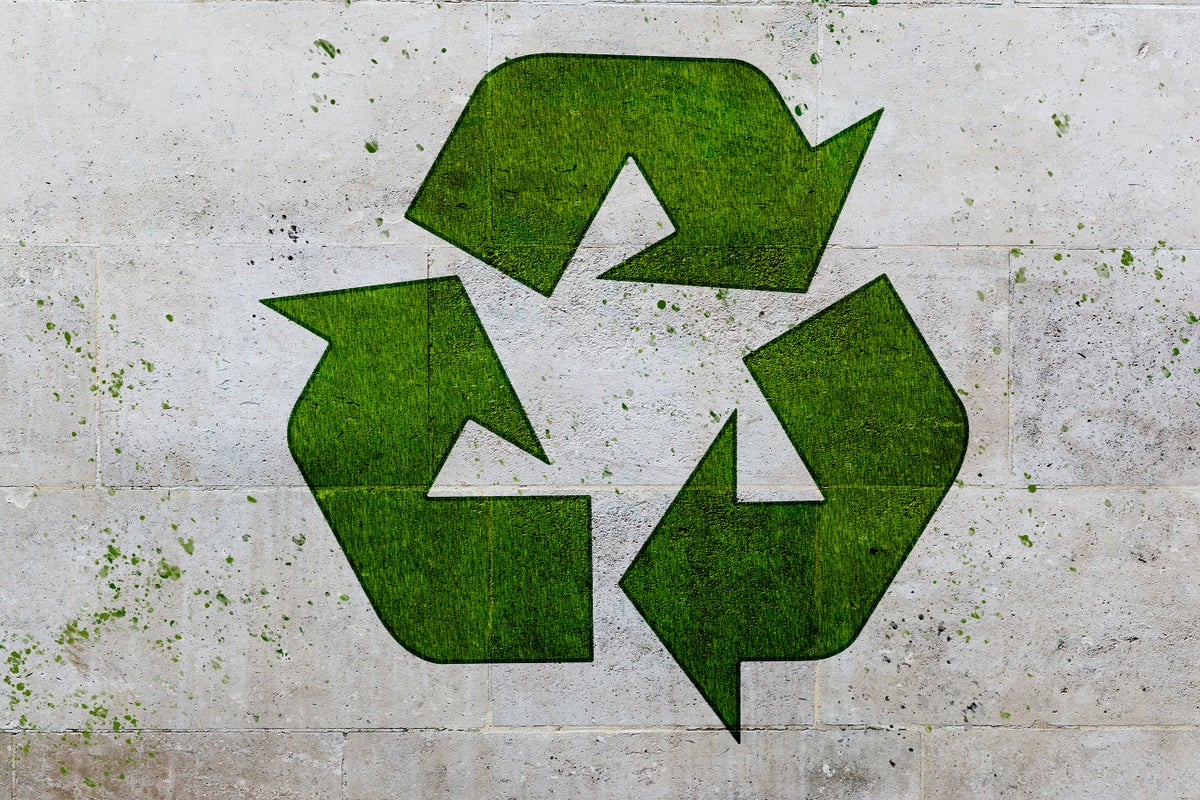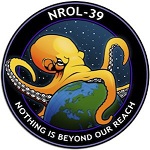Plastic wrap tangles around sorting equipment at recycling facilities, shutting down operations as employees try to cut it out of the equipment. Huge bales of paper shipped overseas can contain as much as 30 percent plastic waste. “Contamination is one of the biggest challenges facing the recycling industry,” the EPA said in a statement to Grist. It takes time and money to haul, sort through, and dispose of all this unwanted refuse, which makes recycling more of a burden for city budgets. Many cities have ended up cutting costs by working with private waste companies; some don’t even bother trying at all. About a quarter of Americans lack access to any recycling services.
The difficulty of recycling plastic can make the chasing-arrows symbol near meaningless, with environmental groups calling plastic recycling a “false solution.” Only around 5 percent of plastic waste in the United States gets shredded or melted down so that it can be used again. Much of the rest flows into landfills or gets incinerated, breaking down into tiny particles that can travel for thousands of miles and lodge themselves in your lungs.
Between 1988 and 1989, the percentage of Americans who believed plastic was damaging the environment rose from 56 to 72 percent. Larry Thomas, the president of the Society of Plastics Industry, warned in an internal memo that companies were starting to lose business, writing, “We are approaching a point of no return.”
Beverage companies and the oil industry hoped to advertise their way out of the PR problem, laying out plans to spend $50 million a year to tout the polymer’s virtues with slogans like “plastics make it possible.” They also turned to recycling.
Freeman tasked the Plastic Bottle Institute — made up of oil giants like BP and Exxon, chemical companies, and can manufacturers — with figuring out how to clarify to recycling sorters what kind of plastic was what. In 1988, they came up with the plastic resin code, the numbering system from 1 to 7 that’s still in place.
Once the symbol was operational, Freeman said, “then everybody started putting it on everything.” Companies worked to make it official: Starting in 1989, the Plastic Bottle Institute lobbied for state laws mandating that the code numbers appear on plastic products. Their express purpose was to fend off anti-plastic legislation, according to documents uncovered by the Center for Climate Integrity. The laws eventually passed in 39 states.
The three Rs represented by the logo are supposed to go:
Reduce -> Reuse -> Recycle
Plastic companies tricked people i to skipping the first step. They also love slapping it on plastic waste for reuse, but people just assume the whole thing means recycle now.
They also love slapping it on plastic waste for reuse, but people just assume the whole thing means recycle now
Well that and we have been told that the plastic chemicals leach into the water after reuse.
The whole sorting problem is a real-world case where AI and computer vision could be used right now. Teach the machine to tell the items apart using multiple wavelengths of light. Humans would still be needed for the more complicated sorting, but items could be pre-sorted before getting to the humans.
Is this not deployed already? If it isn’t, what the heck are we doing?
IIRC, recycled plastic is not only more expensive than new plastic, bit also of a lower grade. That is why there is no financial incentive to recycle.
The big thing more, was that sorting all the recycling is currently the big problem, and it’s a perfect use for trainable tech. Regardless if it ends up being able to be recycled. Better sorting means less loads of recycling being diverted to landfills from giving up on sorting.
As for plastic, I’d like to say more often the opportunities that do exist are more frequently reuse/reprocessing into other things.
I know cardboard and especially aluminum is much easier to recycle, so doesn’t just have to be plastic.




